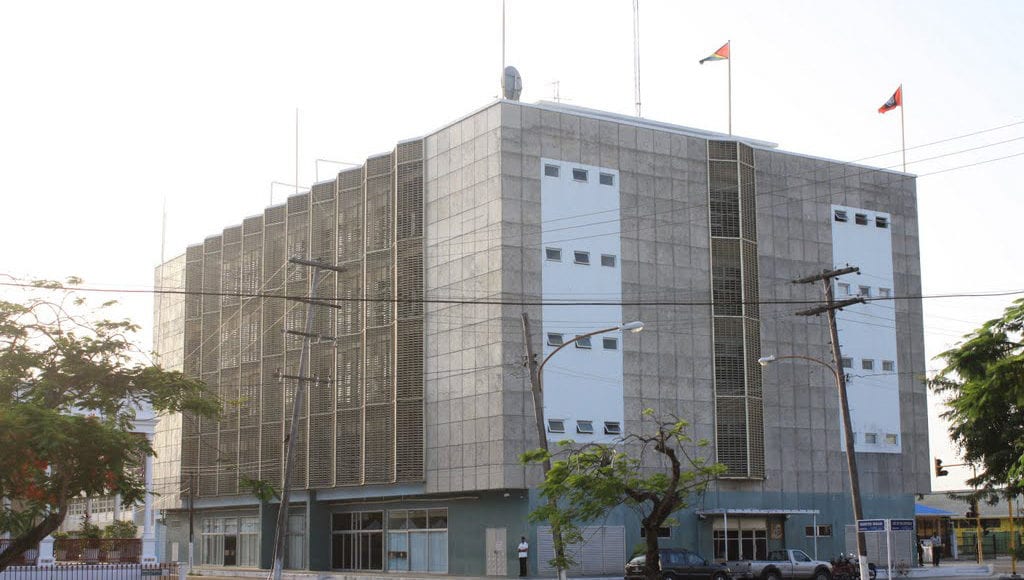Guyana attracted US$2.1308 billion in foreign direct investment (FDI) during the first quarter of 2025, almost entirely in its oil and gas sector, according to new data from the Bank of Guyana.
The report shows that oil and gas continues to serve as the primary magnet for foreign capital, dwarfing inflows to all other sectors. Mining attracted just US$2 million in FDI during the quarter, while manufacturing and distribution pulled in only US$1 million.
The United States accounted for US$2.1182 billion, or more than 99% of total FDI for the period, maintaining a long-standing pattern of dominance. Since 2020, the year Guyana began oil production, the U.S. has been responsible for a similar portion of total annual foreign direct investment, central bank reporting shows.
Guyana records US$3 billion trade surplus in Q1 2025, driven by oil exports | OilNOW
The continued influx of oil-related capital is underpinned by the development of several large offshore projects. The Yellowtail development, Guyana’s fourth oil project, is expected to begin production in August via the ONE GUYANA floating production vessel. Uaru and Whiptail, the fifth and sixth developments in the Stabroek Block, are actively progressing.
The Bank of Guyana projects real GDP growth of 10.6% in 2025, with non-oil GDP forecast to expand by 13.8% as activity accelerates in agriculture, construction, manufacturing, and mining. The strength of foreign investment, particularly in the oil sector, has played a central role in stimulating broader economic development, supporting state-led infrastructure expansion and private sector growth across non-oil industries.
Despite a slight decrease from the US$2.3186 billion in FDI recorded in the first quarter of 2024, strong inflows are expected in the months ahead, even as global economic conditions soften. The IMF has projected global growth at just 2.8% for 2025 amid mounting geopolitical and economic risks, but Guyana’s economy is expected to remain resilient, helped by a stable investment climate and low projected inflation of 2.8%.
The sustained dominance of U.S. capital reflects the leadership of the U.S. company ExxonMobil in Guyana’s oil sector. ExxonMobil, which operates the Stabroek Block, leads the development, and is now accompanied by a second oil major, following Chevron’s acquisition of 30% partner Hess. This means the Stabroek Block consortium is now 75% U.S.-controlled.



